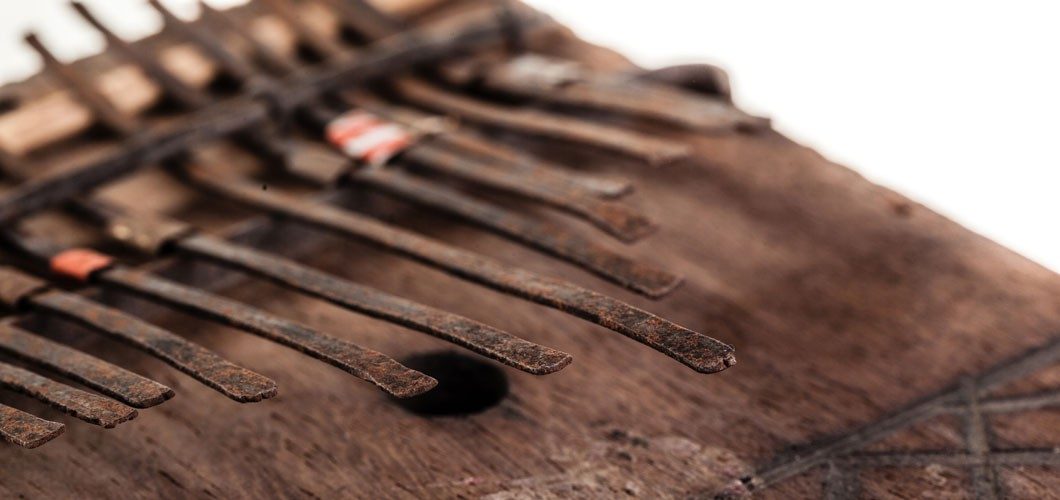Ancient African Instrument Modified to Detect Toxic Substances and Fake Meds

Researchers have found a new use for a 3,000-year-old African musical instrument: detecting toxic substances and counterfeit medications. Existing devices for this purpose are expensive or require great skill to make, calibrate, and use. William Grover and his colleagues at the University of California, Riverside, based their sensor on the mbira, also known as the kalimba or thumb piano. They say it is inexpensive and easy to operate, making it particularly useful in developing regions.
The mbira consists of metal tines of different sizes and lengths attached to a wooden sound box. Musicians pluck the tines to create musical notes. In addition to length and size, the density of the tine material influences the sound’s frequency. Grover and his colleagues replaced the solid tines of the classic mbira with a single hollow, U-shaped tine.
Frequency produced by plucking the hollow tine can be determined using the following equation:

f1 = frequency
E = Young’s modulus of the tine material (often steel)
I = the second moment of inertia (a function of the cross-sectional shape of the tine)
ri = inner radius of the tubing
ro = outer radius of the tubing
ρt = density of the tubing material
ρs = density of the sample inside the tubing
L = length of the tubing
In other words, for a single instrument, the only variable that changes the frequency of the plucked tine is the density of the material inside the tube (frequency increases as density decreases). When Grover’s tine is filled only with air, the mbira produces the note of G#, and when it is filled with water, the pitch drops to an F#. To measure frequency changes undetectable by the human ear, Grover and colleagues developed free, web-based software that allows users to upload mbira sound recordings from their smartphones.
The software determines the frequency of the note and uses the equation above to calculate the density of the liquid. The team showed that their sensor could distinguish between sodium chloride solutions of different densities.
To show the potential of the sensor to detect counterfeit medication, the team analyzed six samples of the same cold medicine with different lots and expiration dates. All six samples produced nearly identical mbira frequencies, indicating that they were all authentic. In addition, the sensor clearly distinguished a toxic substance (diethylene glycol) from a nontoxic one (glycerol) with similar properties. The researchers note that the mbira sensor can be built from scrap materials, does not require calibration when comparing two substances, and is easy to use.
The authors acknowledge funding from the National Science Foundation and the Bill & Melinda Gates Foundation’s Grand Challenges Explorations program.
ACS Headline Science reveals just how the sensor, based on the mbira instrument, detects toxic substances and counterfeit medications.
This story is adapted from Sensors that are literally ‘music to one’s ears, ACS News Service Weekly PressPac: September 12, 2018.
